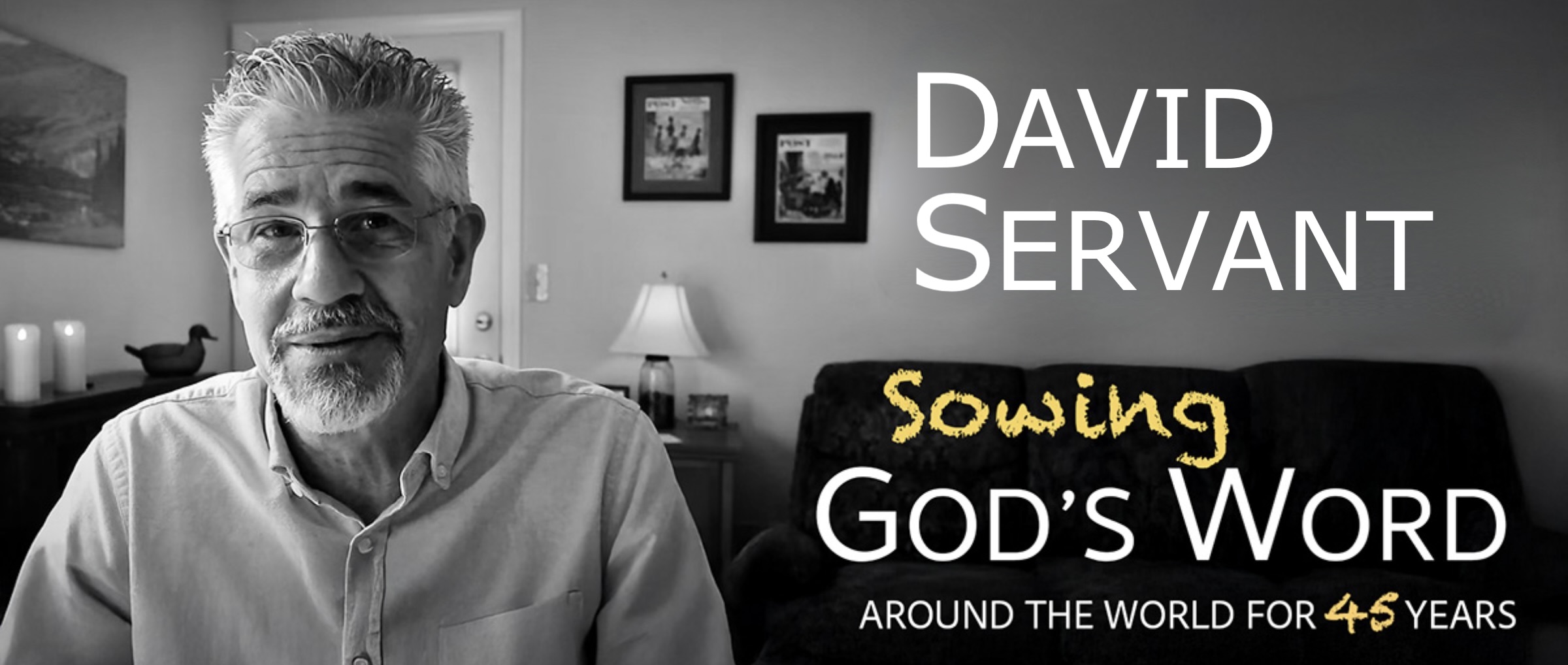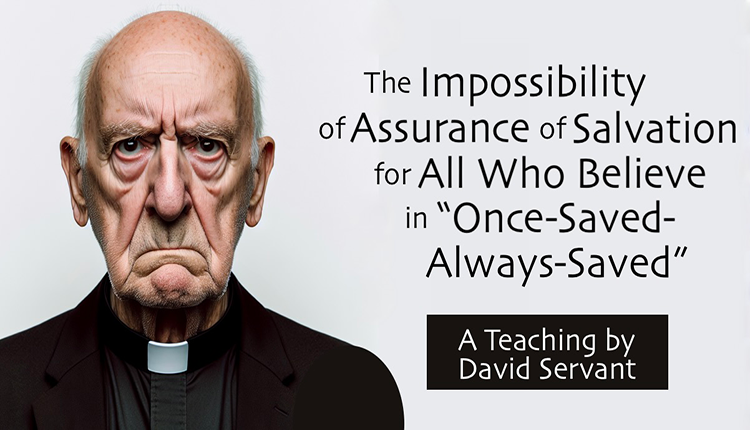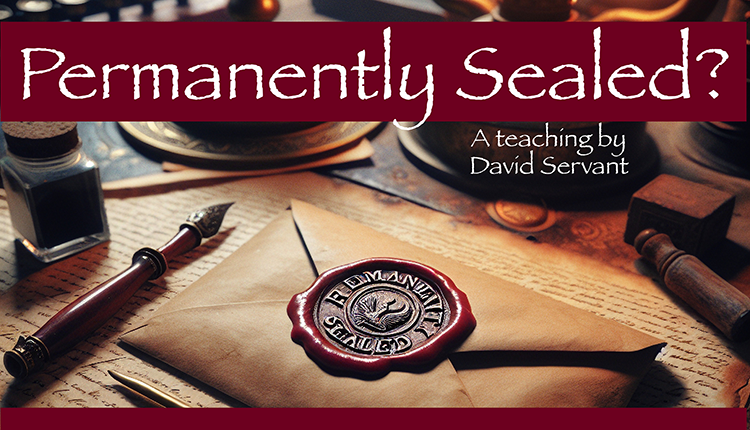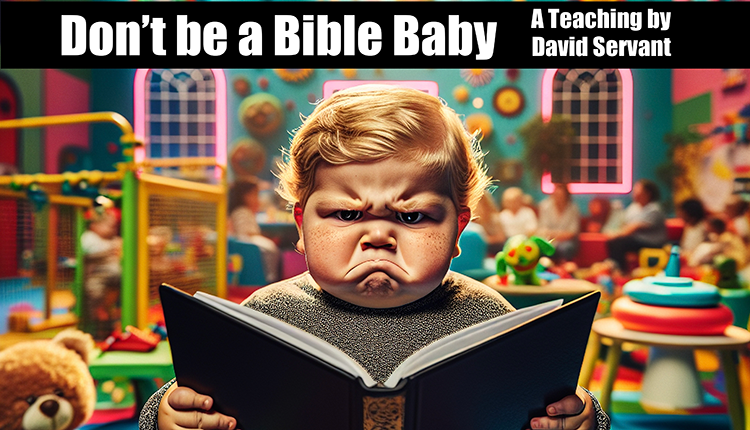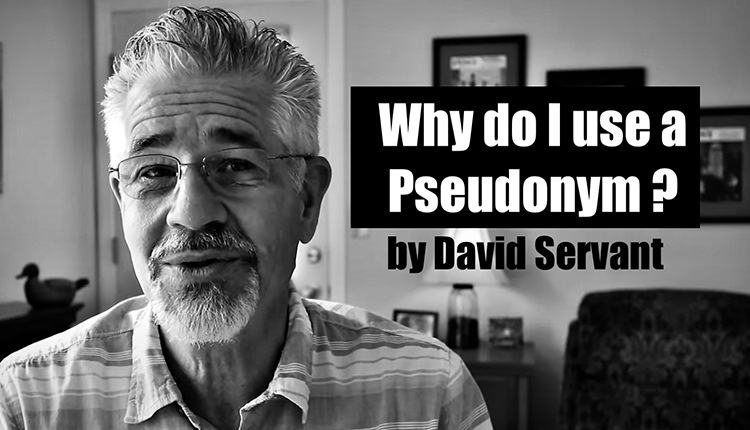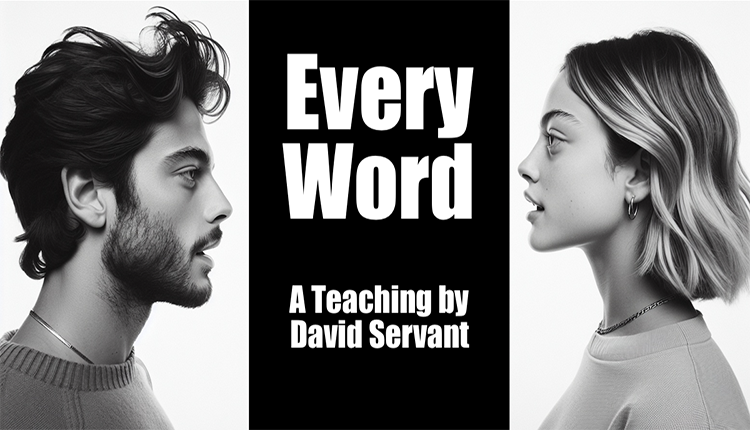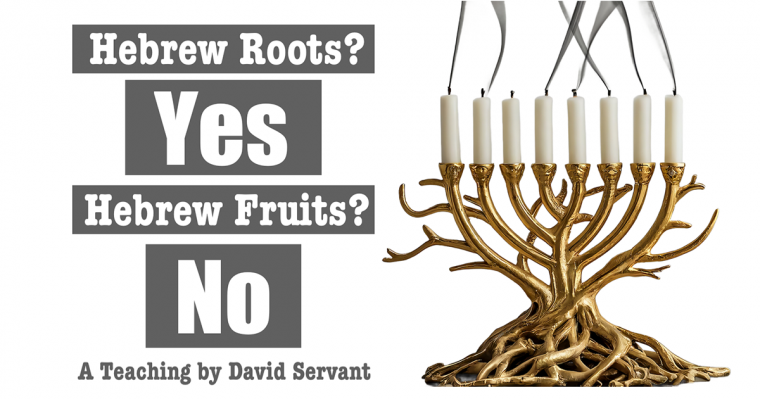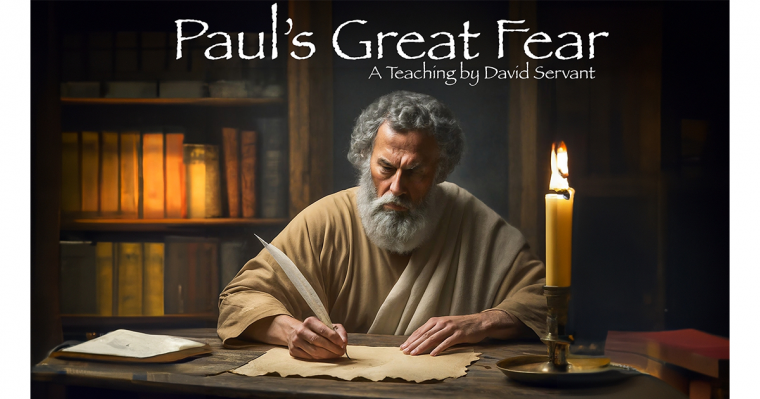
Any Christian who has read 1 Corinthians knows that the Corinthian church had problems. There were divisions, quarrels, strife and jealousy among them as they fought over their favorite teachers (1 Cor. 1:10-12; 3:1-4; 11:17-19). There was sexual immorality in the church, and tragic toleration of it (1 Cor. 5:1-2; 6:15-20). There was also toleration of professing Christians who were greedy, idolaters, swindlers (1 Cor. 5:11) and drunkards (even during the Lord’s Supper; 1 Cor. 11:21).
